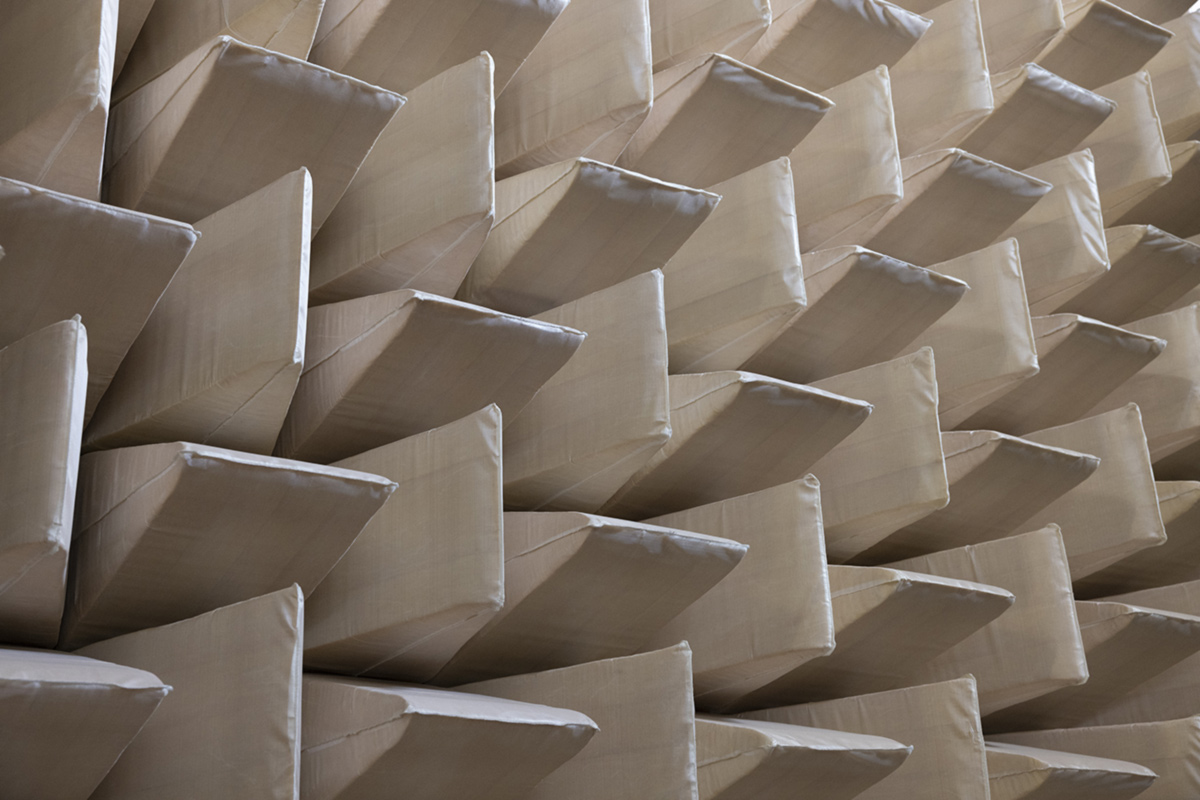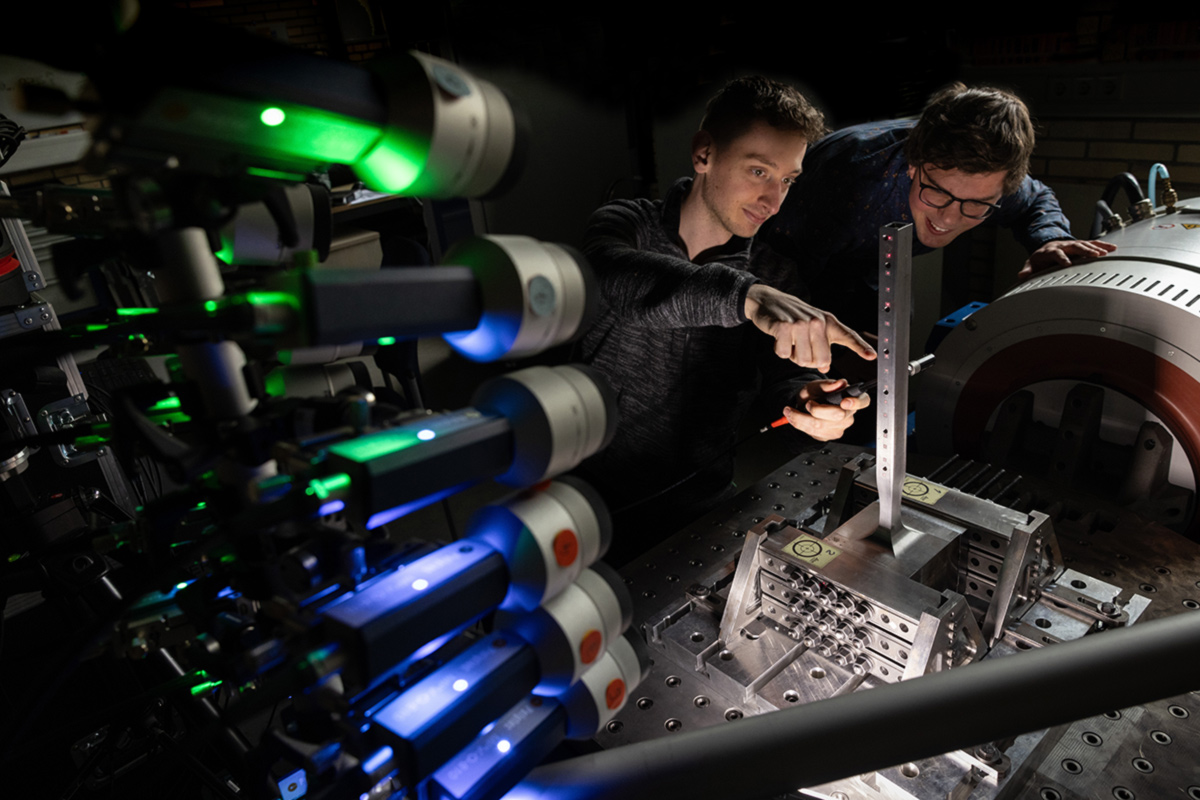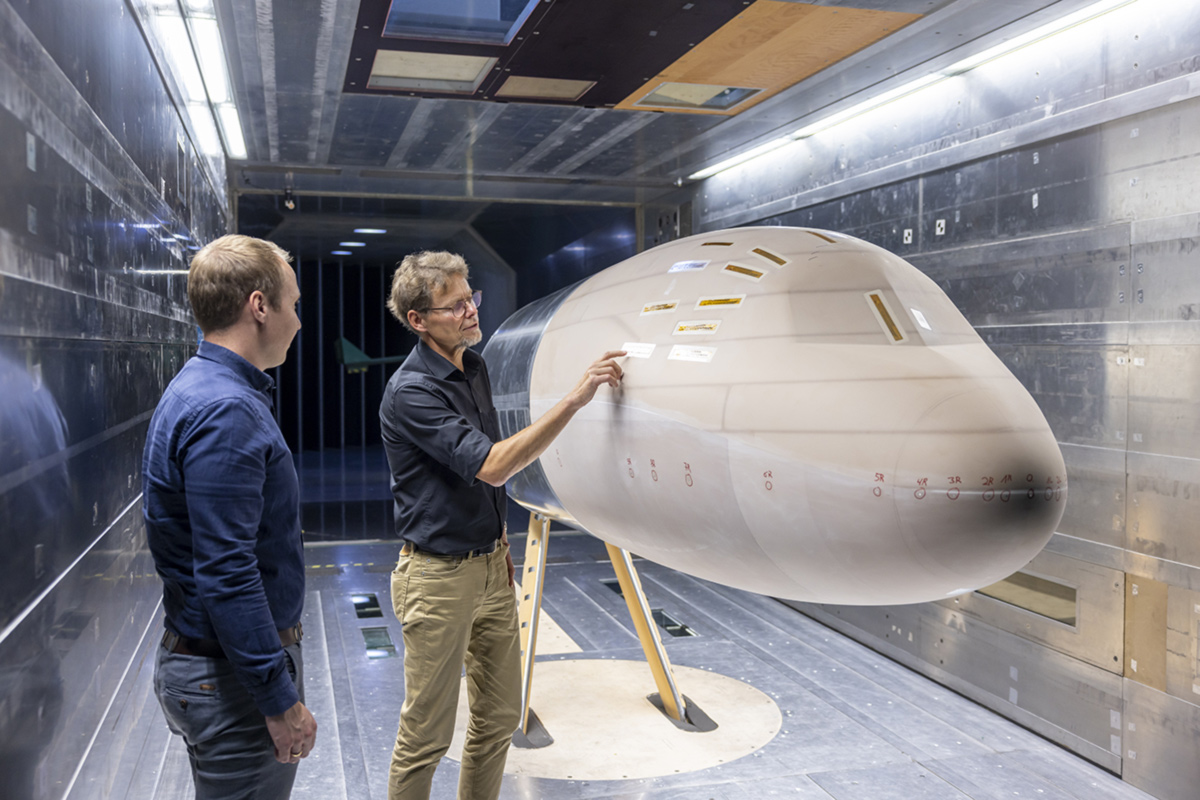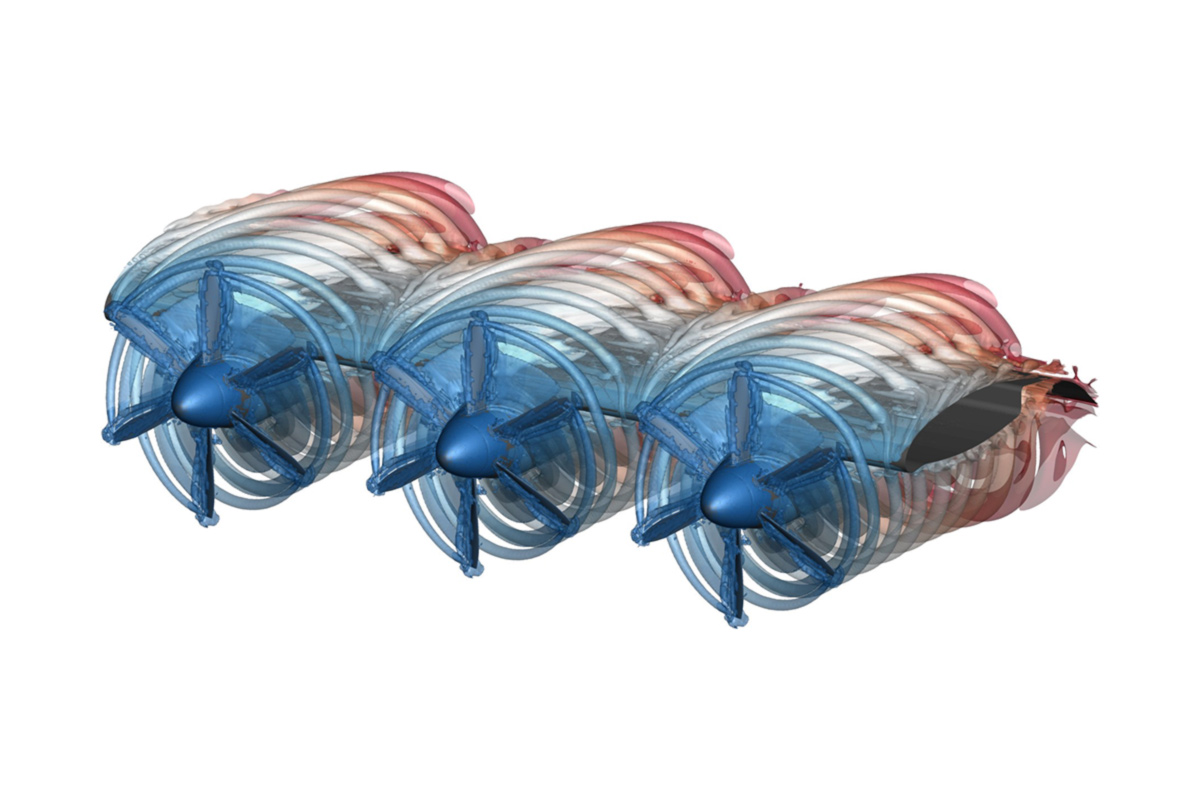C04: Vibration and vibroacoustic design for future integrated propulsion systems
In the project C04, the development of an efficient, accurate and predictive simulation method, which allows the detailed investigation of the effect of structural nonlinearity sources on cabin noise in future highly integrated aircraft is pursued. The structural transfer paths of vibration and noise in aircraft consist of many components, which are mechanically connected via e.g. rivets and bolts. Such mechanical joints are known to introduce significant vibration-amplitude-dependence of effective stiffness and damping at component interfaces, especially under increased vibratory response ranges of future aircraft designs. The Harmonic Balance method is capable of providing predictions for such cases but is computationally costly when used for acoustic purposes. To account for these challenges, a computational method combining the Harmonic Balance Method with ideas from Multi-Fidelity modelling is developed that is particularly suitable for predicting acoustic quantities.
Motivation
How is human-perceived cabin noise affected by nonlinear structural vibrations and how can these effects be accurately and efficiently predicted?
- The transfer path of structure-borne sound is essentially nonlinear
- Effective design of structure-borne sound paths is only feasible under consideration of structural nonlinearity mechanisms
- Structure-borne tonal noise is particularly annoying for the passengers
Objective
The objective of the proposed project is to enable the predictive assessment of cabin noise, paying particular attention to the nonlinear behaviour of the transfer path.
- We develop a highly-efficient computational method for nonlinear vibro-acoustic analysis, with an emphasis on tonal noise.
- We assess its usefulness for the acoustic transfer path design.
- We validate the predictions experimentally in an academic test rig.
Approach
Englisch: The project initiates with the Definition of the Reference System, aimed at developing an academic benchmark system representative of a nonlinear structural transfer path.
Following this, Computational Method Development is undertaken, focusing on controlling the accuracy and efficiency of nonlinear vibration prediction through adjustable fidelity in computational problem formulation.
The project also includes the Development of Vibro-Acoustic Refinement Criteria for the Multi-Fidelity HBM, where specific criteria are developed based on knowledge about human perception of noise to control computational effort and fidelity of nonlinear vibration predictions.
Additionally, the project involves the Evaluation of Dynamic Loads from Unsteady Propeller Pressure Distributions, deriving essential load characteristics used for prediction assessment.
Numerical Method Assessment is carried out to evaluate the significance of nonlinearity on perceived structure-borne noise in the cabin and its applicability to close-to-application systems.
Finally, Experimental Validation is conducted to experimentally validate the accuracy of the developed method based on an academic test-rig.
Role in SynTrac
- Detailed FE models of structure-borne noise transfer paths from B06
- Representative dynamic load characteristics derived in collaboration with B02
- Findings and numerical method is delivered to B05 to prepare cabin noise predictions under consideration of structural nonlinearity.












